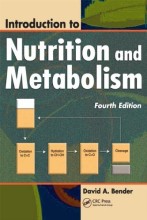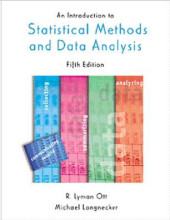NP16 Intro protein metabolism
12 important questions on NP16 Intro protein metabolism
Protein N excretion via urine, what are the urinary N metabolites?
- Urea
- Ammonium ions
- Amino acids
- Uric acid
- Creatinine
- Creatine
What are the biological functions of proteins? (despite structural relations?
- Enzymes
- GI tract, metabolic pathways; regulation
- Storage proteins
- Albumin, ferriting Fe)
- Contractile proteins
- actin, myosin
- Protecting proteins
- immunoglobulins, fibrinogen
- Hormones
- insulin, glycogen, leptin, ghrelin
- Structural proteins
- collagen
Dynamic equilibrium; what happens with the protein turnover in the fed and fasting states?
In the fasting state amino acids from protein breakdown are being used for gluconeogenesis and as metabolic fuel
rate of protein turnover van be influenced by external factors (nutrients)
- Higher grades + faster learning
- Never study anything twice
- 100% sure, 100% understanding
How is the protein metabolism in pig?
- intake 300
- synthesis 600
- degradation 480
- deposition 120
IMAGE
What is the energy costs in ATP/amino acid for transcription and translation?
Translation (mRNA --> protein) 4-5
at least 4-5 mol ATP / mol amino acid elongated protein
What are the dimension of the protein turnover (3)
- Gram / day
- absolute needs
for protein and energy
- Fraction (k)
- relative intensity of replacement
- Half-life (t1/2)
- relative duration of replacement
t1/2 = Ln(s)/k = 0.69/k
know the formula! Question in exam
Metabolic body weight =
Used to compare species, not within species
- energy expenditure and basla metabolic rate depend on the amount of metabolically active tissue in the body, rather than total body weight; body weight^0.75 is generally used to calculate the weight of active tissue
protein turnover (max): ± 20g / W^0.75
Nutritional costs of protein turnover
- What are the costs in terms of dietary protein and energy?
- Protein ca. 20% of synthesis (70/350)
- energy ca. 20% of MEm
What are the physiological benefits of protein synthesis
- Compensation los functional properties
- loss of functional properties of proteins
- loss of functional proteins from the body
- Modification of functional properties
- endogenous or exogenous triggers
- Net protein synthesis
- increase functional proteins (deposition/growth)
- synthesis excretion products (lactation)
Regulatory benefit of turnover as substrate cycle
- Synthesis and degradation; complex processes
- Difficult to speed up on the short term
- Both can run at high rates in the substrate cycle, however without net effect!
- regulation = by inhibition of the complementary process
What is post prandial storage?
- Macro-nutrients have both biochemical and energetic properties
- Priority during post prandial storage: protein > fats or CHO
- Dietary proteins are used for: depositions as proteins
- catabolism (de-aminated, urea)
- --> oxidation
- --> gluconeogenesis, eventually into fats
Glycogen vs protein synthesis
- How many ATP is required to enlarge a chain with 1 glucose or amino acid?
- Explain the difference by a fundamental difference between both polymerisation processes
- 2 ATP for glycogen elongation(Gl1p -> Gl6p + UTP trapping); 5 ATP for protein elongation
- glycogen: glu-glu-glu-glu-glu-glu; protein: specific combination of 20 different possible aa
The question on the page originate from the summary of the following study material:
- A unique study and practice tool
- Never study anything twice again
- Get the grades you hope for
- 100% sure, 100% understanding
































